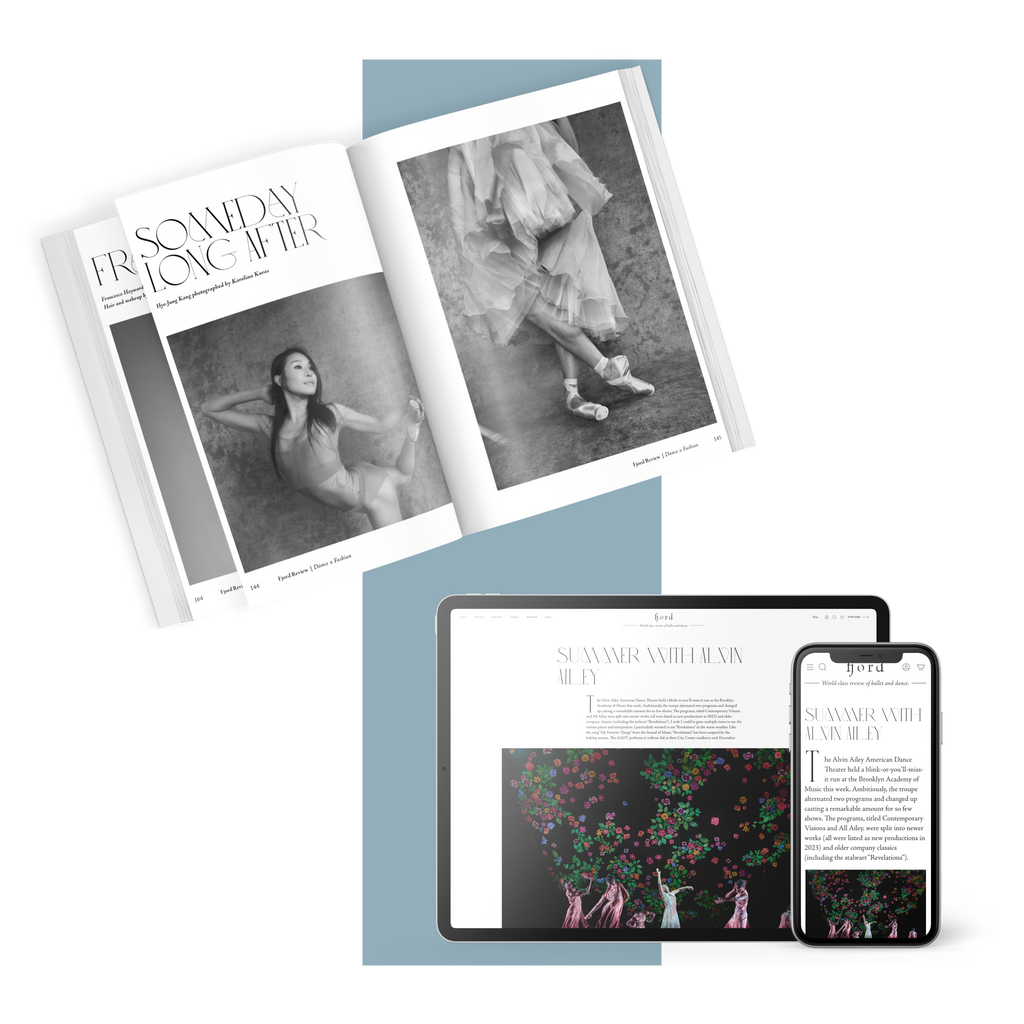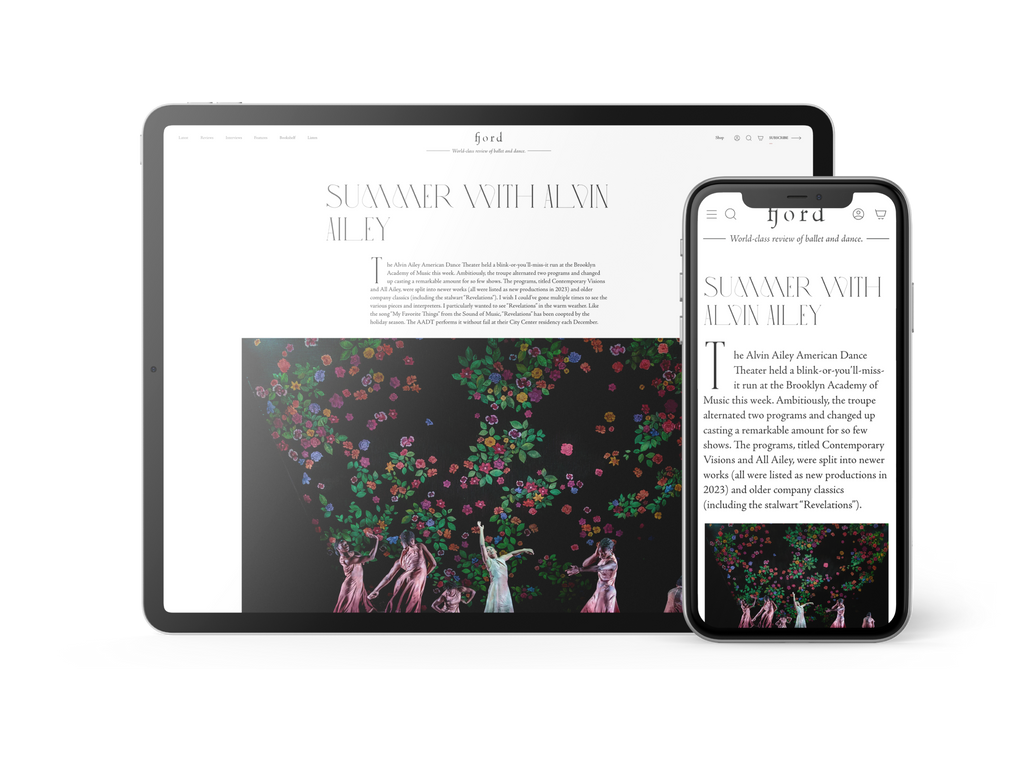But the rain has stopped, for now, as we gather at
the still-green parkland that links the Main Yarra and Merri Creek trails with
the screeching and chattering of lorikeets and the distinctive warble of
Australian magpies. A park, at the close of day, after the rain, is active. It
is Saturday. It is spring. With the promise of Swiss. Dancehouse has grouped a selection of Geneva-based artists
to present a series of works which, as stated in the swiss.style program, “interrogate complex notions
of identity, shared heritage, tradition and the desire to demarcate, possess,
tame or exploit the environment and the self.” What’s a little sogginess
underfoot? Proceed all, with your prop of choice.
“Trophy” is a site-specific performance which “explores man’s relationship with his environment, the need to demarcate, possess, tame and exploit. This relationship is not limited to nature, but also to his fellow man. New battle lines are drawn, and new identities take shape as humankind encounters the limits to this world view.” As such, perhaps it began as a performance by the act of us assembling in nature. Just as the performers in “Trophy” declare in the synopsis that they will “conquer a field like an invading army, adopting postures of trophy wives, hunted animals and ghosts from bygone wars,” as we walk as a group from the designated meeting point to the performance frontier, notions of demarcation as we take “our” place in the park ring out. A long blue marquee has been set up at the end of the park to enable the audience to shelter as they view/engage, and for drummer Béatrice Graf to perform her part or with sound retaliate to the three performers, Claire-Marie Ricarte, József Trefeli, and Rudi van der Merwe.
“Trophy” is a site-specific performance which “explores man’s relationship with his environment, the need to demarcate, possess, tame and exploit.
Before the marquee, a row of one hundred white crosses have been hammered into the earth, more defensive line of garden stakes than grave markers. Together, they make a fence, declare occupation, denote two sides. Graf warmly asks the audience to stay on “their” side, with many opting to stay underneath the marquee with her and her drumkit, and the earplugs we’d been issued earlier now make sense when asked to share a space. As it is not raining, and I have an umbrella, I choose to stand to the side of the marquee; I want to experience an outdoor work, outside of the theatre, in the open air.
As the performers advance “towards the audience over 300 meters, playing with perspective”
(as Van der Merwe writes in the synopsis), I feel a shift in my role as an audience
member to one of a foot soldier within an opposing army. As Ricarte, Trefeli, and van der Merwe rip the crosses from the ground
and hurl them towards the audience, I cannot help but note the sharp point of
the cross which enables it to spear the earth. I am armed only with a small
white foldup umbrella. How ridiculous!
Yet there is another thread woven to their stalking,
masked advancement. For I am also standing out in the open, in a beautiful
park, and to my left, two women out walking with their Standard poodle have
stopped to view the spectacle. And when viewed from their (presumed) perspective,
and the passivity of the poodle sat on the ground, in no way alarmed nor
deterred by the drums, this is no hostile takeover of land, but something
wonderful to stumble across. Out for a walk with a dog; chanced upon the
unexpected; a free dance performance; and they were in Baroque-style costumes; with
helmets on their heads, and their faces and the helmets were covered by white
lace so that from a distance they looked like giant skulls; fancy that? What’s
for tea?
As van der Merwe explained to ArtThrob when staging “Trophy” as part of ICA Live Art Festival in Cape Town in 2017: “I’ve never really liked working in a black box, which is what most theatres are. Outside you can work on a different scale. You can easily subvert theatrical conventions. The imagination works on a different level. The audience is freer as well.”
It seems only fitting that “Trophy” should draw to a
close as a tiding of magpies reclaim their hunting patch. They walk across the
grass, tilting their heads from side to side, listening for their prey beneath
the grass. Good territory is hard to find, declare both magpie and the
performers.









comments